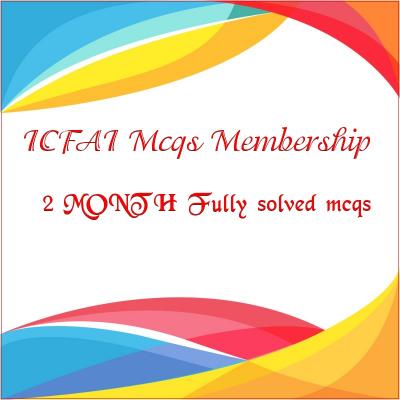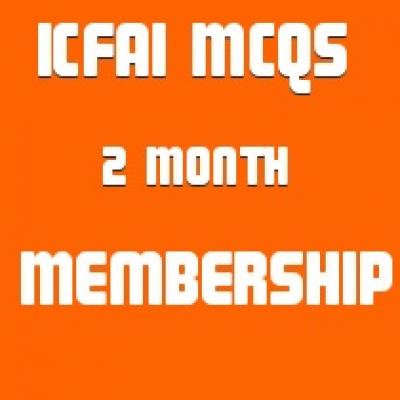Business Ethics
Price:
Rs500
CASE STUDY
An experienced and knowledgeable Indian tourist guide suggested to a foreign tourist whom he was guiding that it would better to give up the program of going around the places in the city and instead visit a plush five star hotel whose nightclub featured a good cabaret. The guide, further, said that he would explain his life story which could give a clear picture of poverty in India.
Answer the following question.
Q1. Explain the unethical issues in this case.
Q2. Give an overview of the case
1. Case study solved answers
2. pdf/word
3. Fully Solved with answers







